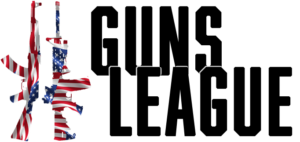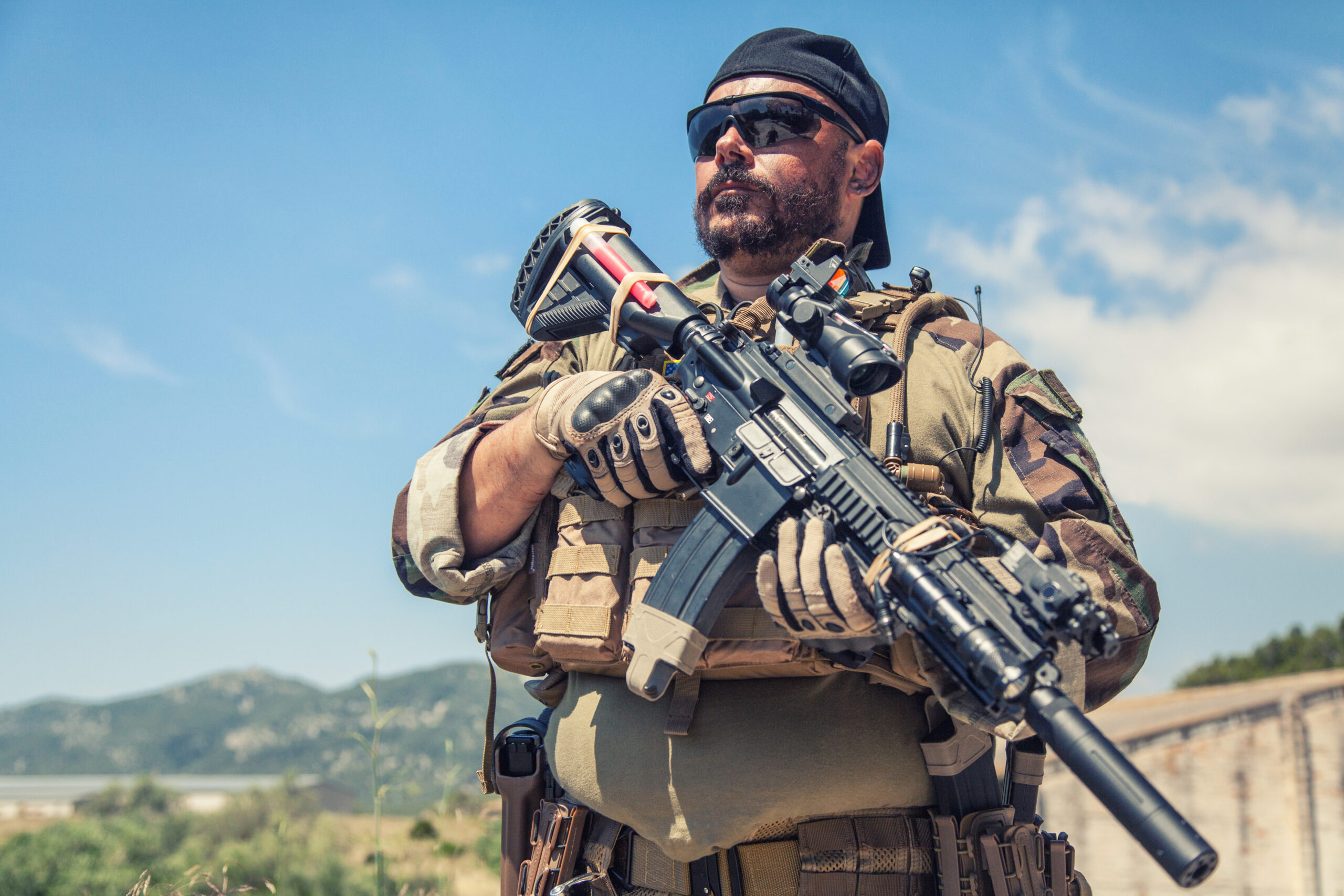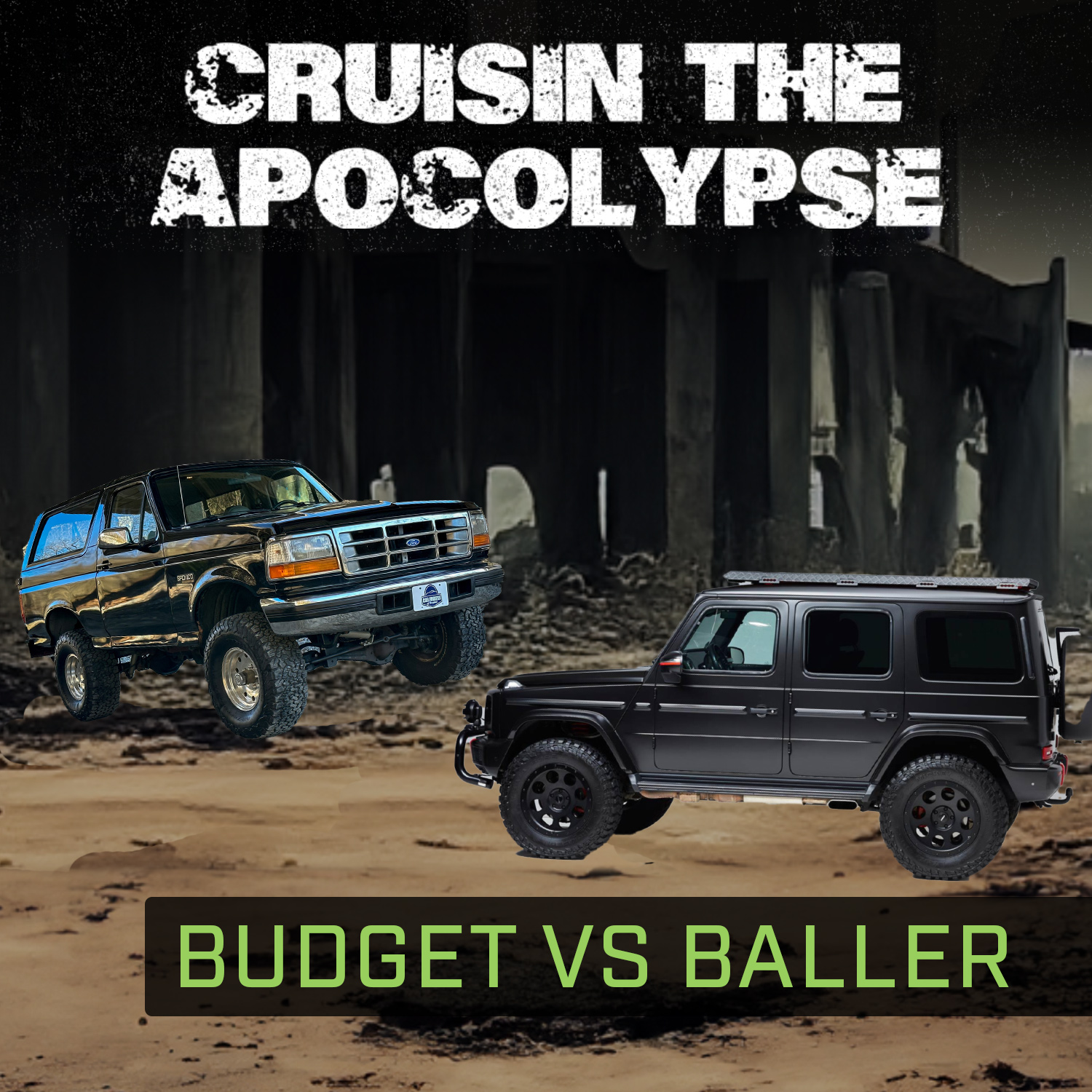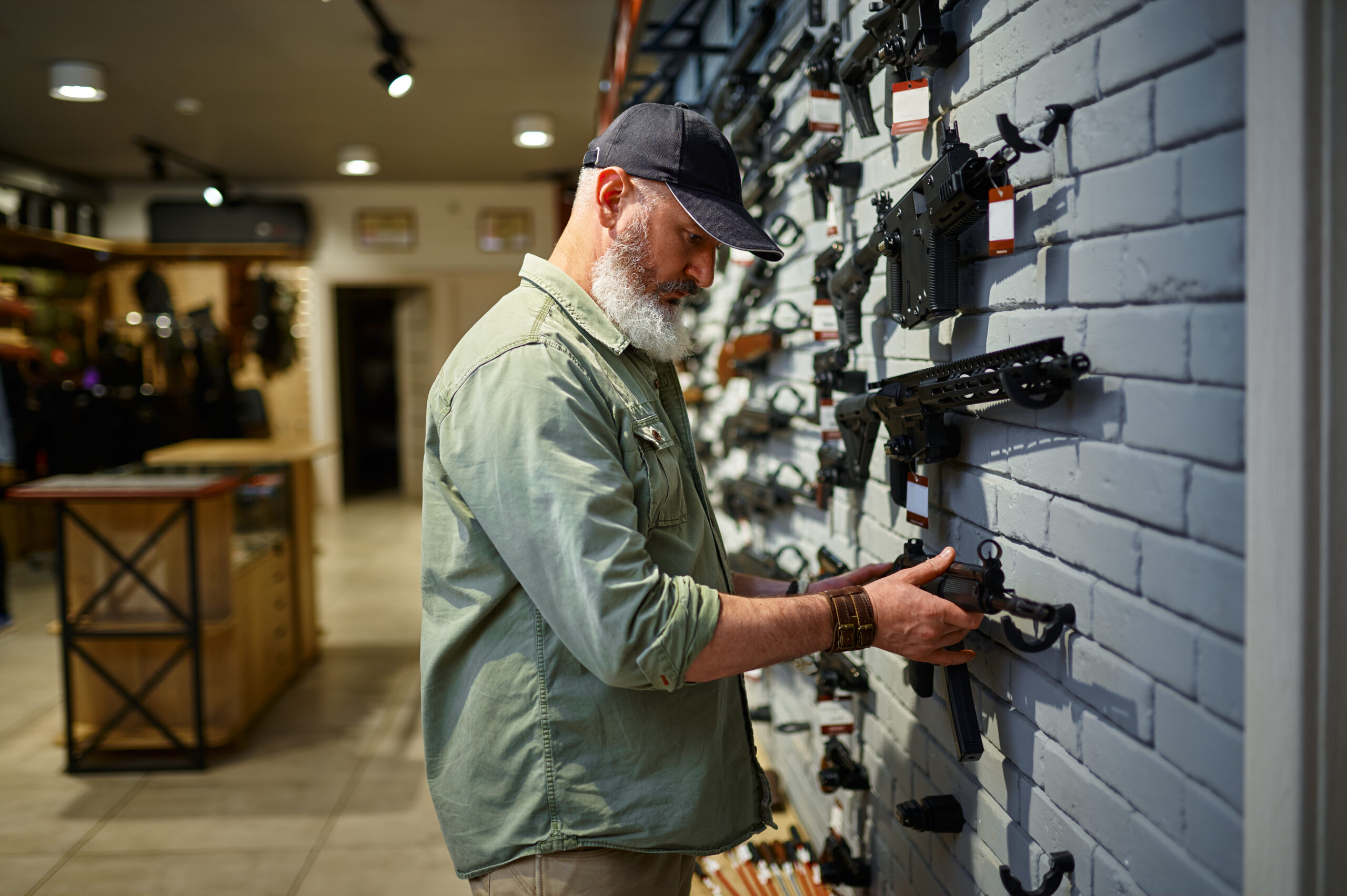How To Insure Your Guns
Losing your guns isn’t something anyone wants to think about, but it happens daily. Theft, fire, flood, and even loss in transit are very real and can happen to anyone. Fortunately, there are several options for insuring your firearms against loss and damage. It’s important to understand the differences in coverage though, and that one size doesn’t fit everyone’s needs.
In this article we’ll look at some options for firearms insurance, what to consider when choosing a policy that works for you, and some of the pros and cons of each. Keep in mind that this article is meant to be general advice, and your coverage options will vary greatly depending on the carrier you choose, so make sure to ask your agent specifics.
Will My Home Owner’s Insurance Cover It?
Losing your guns isn’t something anyone wants to think about, but it happens daily. Theft, fire, flood, and even loss in transit are very real and can happen to anyone. Fortunately, there are several options for insuring your firearms against loss and damage. It’s important to understand the differences in coverage though, and that one size doesn’t fit everyone’s needs.
In this article we’ll look at some options for firearms insurance, what to consider when choosing a policy that works for you, and some of the pros and cons of each. Keep in mind that this article is meant to be general advice, and your coverage options will vary greatly depending on the carrier you choose, so make sure to ask your agent specifics.
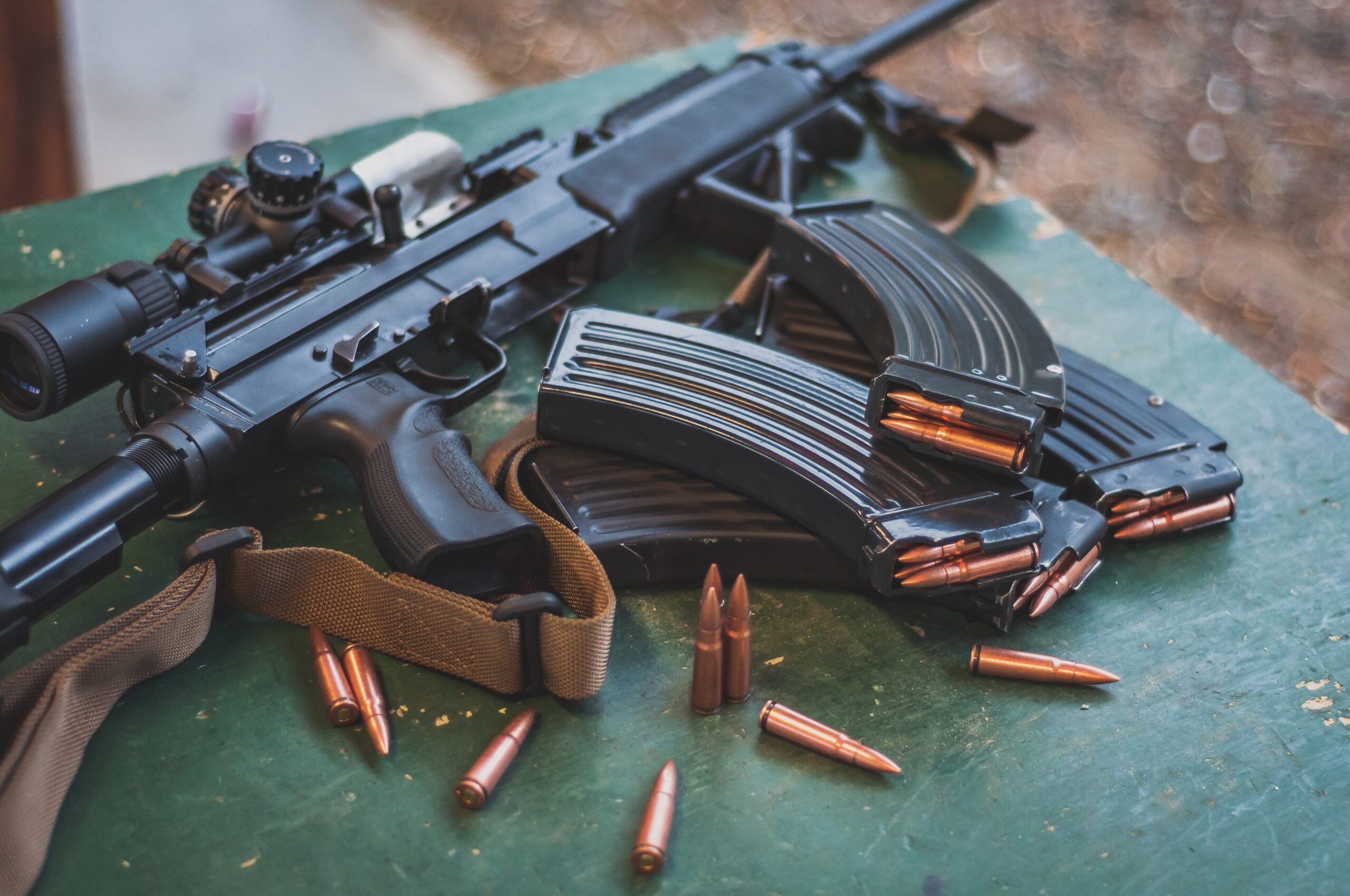
Itemized, Or Scheduled Property Policy’s
The next level of coverage is an itemized, or scheduled property policy. This type of policy describes the particular firearm insured, often with serial numbers or pictures. This is useful for gun collectors who own a particularly valuable firearm.
Many policies like this have a very low or no deductible, and much more wide-ranging coverage. While a homeowners policy may only cover certain forms of damage, an itemized policy will cover a broad array of damage, but typically not normal wear and tear or rust/corrosion.
A further advantage of this kind of coverage is that you can opt for the actual replacement cost of the firearm in the event of loss. That means that your insurance will pay to replace the lost or damaged firearm with another firearm of similar quality, without accounting for depreciation, something very important to consider for older collector guns.
Standalone Policies
The next level of coverage is stand-alone collection insurance, usually offered by companies who specialize in insuring valuable collectibles generally, or just firearms in particular. These companies offer comprehensive coverage that goes well beyond anything offered by itemized policies.
Homeowners and itemized policies generally only protect against loss at the site of the insurance coverage. If you move your gun to another location and it’s damaged there, you’re not covered. Also, if you leave your gun with a gunsmith and it’s lost of damaged, you’re not covered.
Stand-alone policies aren’t generally limited to one location, and can even protect your firearms if they are lost or damaged in transit. If you are a gun collector who exhibits at gun shows or ships a valuable hunting rifle across the country on a hunt, you’d be covered for loss or damage during transit.
Like an itemized policy, a stand-alone policy will have a much broader range of coverage as well. For instance, if your water pipes burst and caused damage to your gun cabinet, you would probably be covered under your homeowners policy if that was enough. If, however your basement flooded and your guns get damaged, you’d still be covered under a stand-alone policy, even if you don’t have flood insurance.
One thing about itemized and stand-alone policies that some gun owners don’t like is having to report a specific gun by serial number, and possibly even include photos of it to prove ownership. Some policies will even want a receipt showing purchase price, or an appraisal of the item. Reporting requirements differ greatly by company, and you should do some research to find a company with reporting requirements you feel comfortable with.
The Cost Factor
Another factor to consider in all these policies is cost. Obviously, the more coverage you have, the more expensive your insurance will be. Your basic homeowners policy includes very basic coverage, but it’s already included with the other protection you’re paying for. The itemized policy will give you great coverage for specific items that are described, but you’re going to pay for that coverage. Collection insurance comes with great benefits, but it really is designed for people with large collections or an exceedingly valuable firearm. The premiums on a stand-alone policy can add up very quickly!
If you’re opting for one of the specialized policies like an itemized or stand-alone policy, how you store your guns can have a huge impact on your premium. Some stand-alone policies actually require that your guns be kept in a locked safe or cabinet, while others require some form of alarm system as well. Some merely offer a discount for having these security measures in place. These are definitely factors to take into consideration when thinking about what kind of policy to go for.
You may also choose to do a blended approach. If you have some run of the mill guns, a few collector guns, and one amazingly rare rifle that never leaves the safe, you could let your homeowners insurance handle your everyday shooters, get a modest stand-alone policy on your collector guns, and take out an itemized policy on your extremely valuable rifle.
The gist is that there are many options for the gun owner when it comes to insurance, and there’s really no reason not to at least explore your options. Firearms are valuable, and you stand to lose a lot if they’re stolen or damaged, so you should know what you can do to be protected in the event of loss. Don’t risk your hard earned money, keep your guns insured, and your investment safe!
